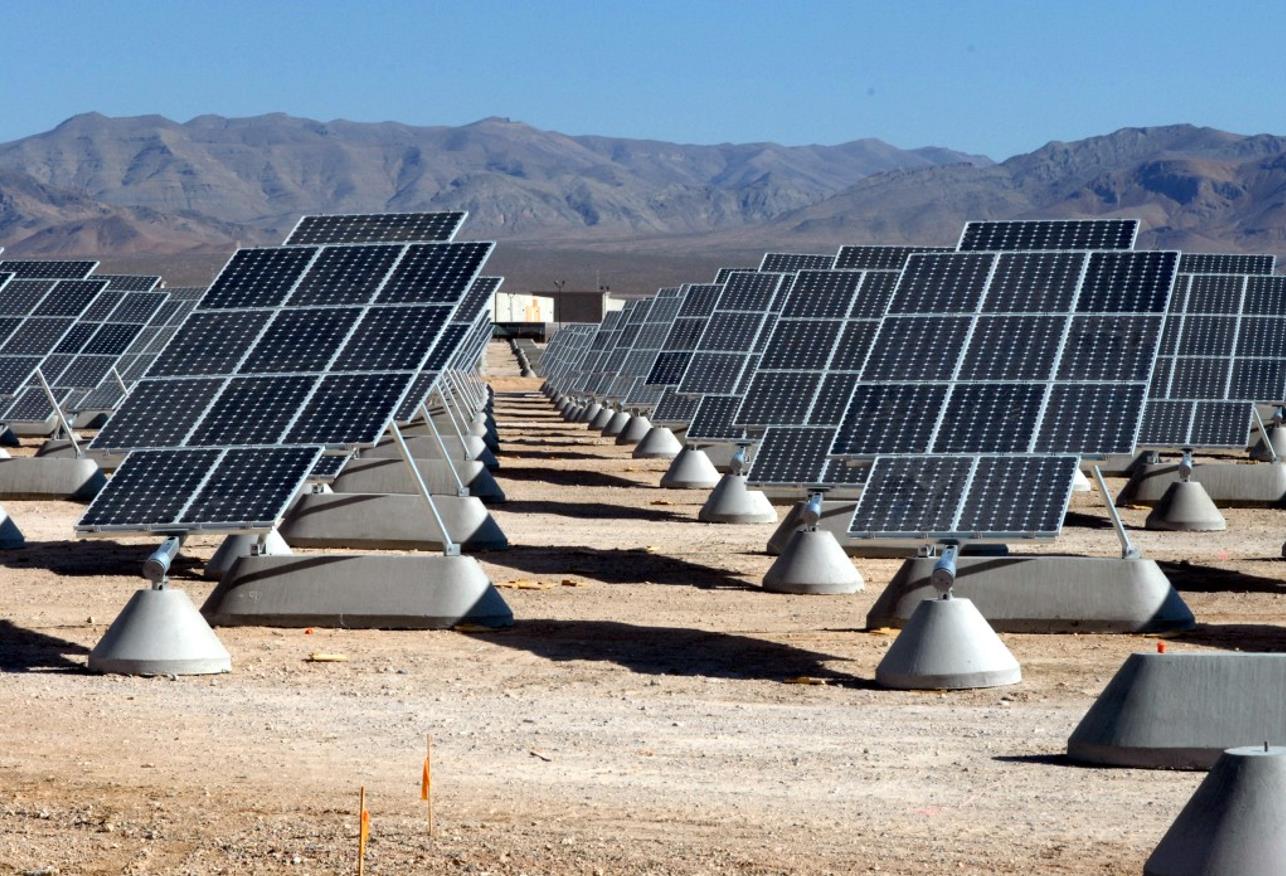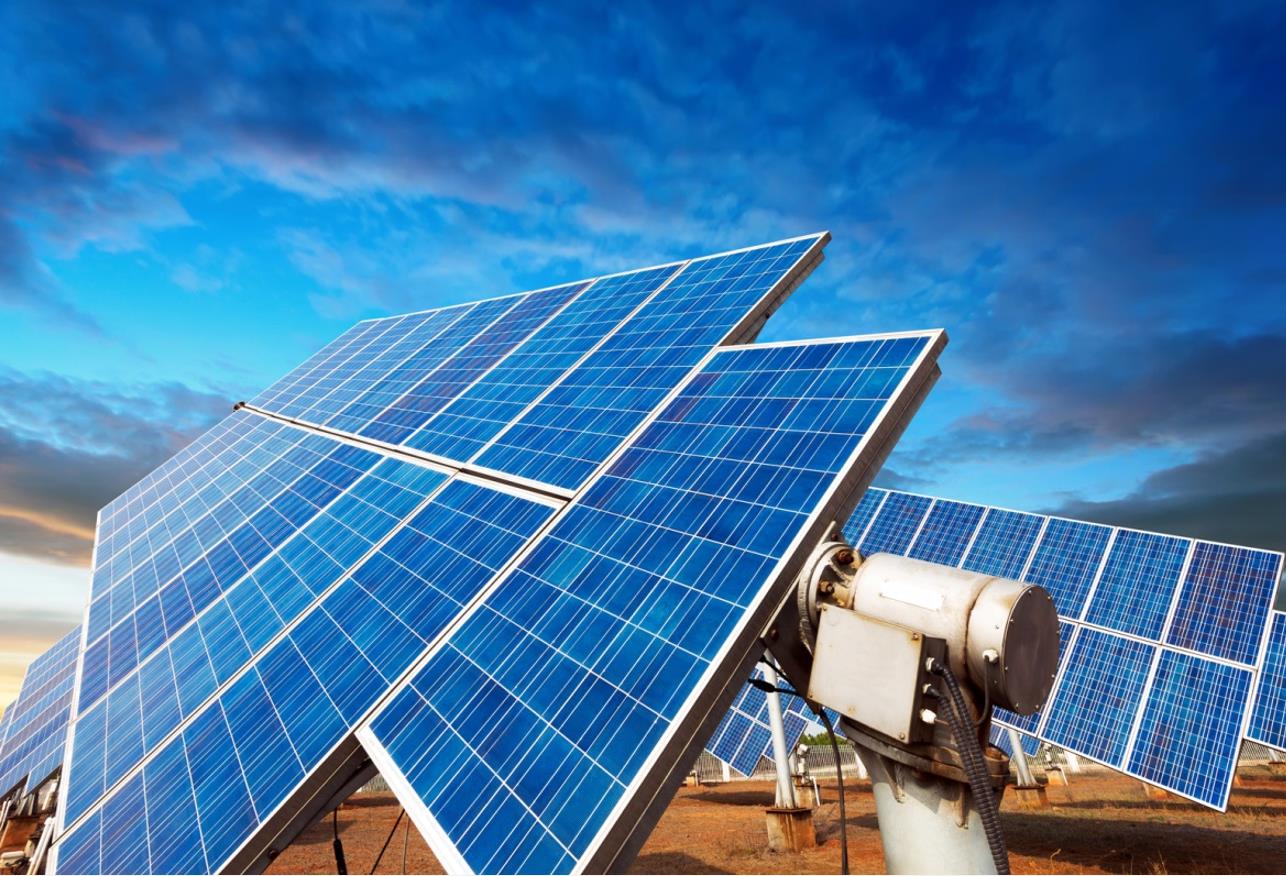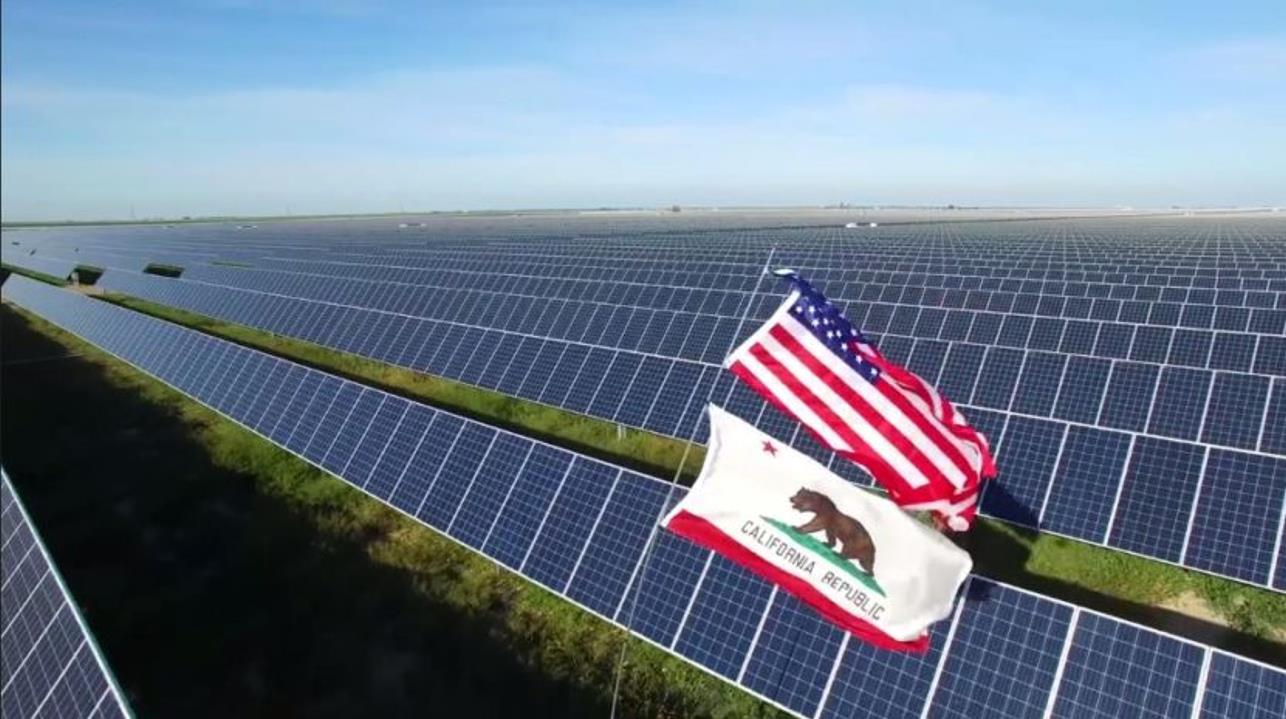What is photovoltaic (PV) technology, and how does it work? PV materials and devices convert sunlight into electrical energy. A PV device is known as a cell. An individual PV cell is usually small, producing about 1 or 2 watts of power. These semiconductor materials cells are often less thicker than four human hairs. For many years, cells were built on protective materials made of a combination of glass or plastic.
PV cells connected together in chains to form larger units known as modules or panels. Modules can be used to form arrays. One or more arrays connected to the electrical grid as part of a complete PV system. Because of this structure, PV systems can be built to meet almost any electric power need.
PV modules and arrays are one part of a PV system. Systems include mounting structures along with the components that take the direct-current (DC) electricity produced by modules and convert it to the alternating-current (AC) electricity, which is used to power all the appliances in your home.
The largest PV systems in the country are located in California and produce power for utilities to distribute to their customers. The Solar Star PV power station produces 579 megawatts of electricity. While the Topaz Solar Farm and Desert Sunlight Solar Farm each produce 550 megawatts.
The California Energy Commission introduced in the California solar mandate requires rooftop solar photovoltaic systems to equip on all new homes built on January 1, 2020. This program is the first of its kind in the US and is leading the nation to a cleaner energy future. By 2030, the CEC aims to spearhead California’s milestone goal including producing 50% of the state’s energy through clean energy sources. Commissioner Andrew McAllister of the California Energy Commission (CEC) once said: ” The buildings that Californians buy and live in will operate very well while generating their own clean energy. They will cost less to operate, have healthy indoor air, and provide a platform for'smart’ technologies that will propel the state even further down the road to a low-emissions future.” This mandate affects the following: solar companies, housing developers, and potential homebuyers. As this mandate aims to increase the use of clean energy, the costs of solar expected to continue to decrease decade after decade, as they already have.
As potential homebuyers make it possible for the new home purchases equipped with solar companies. They no longer need to get this category of customers and can concentrate on penetrating the market of homeowners with homes built before 2020. The costs of solar are expected to be reduced because housing developers can use their own workforce to complete the labor of the installation process. According to the CEC, potential homebuyers can expect new homes with PV systems to cost more than $9,500. But, they can also expect to save an average of $19,500 over the life of the system.
Post time: May-21-2024




